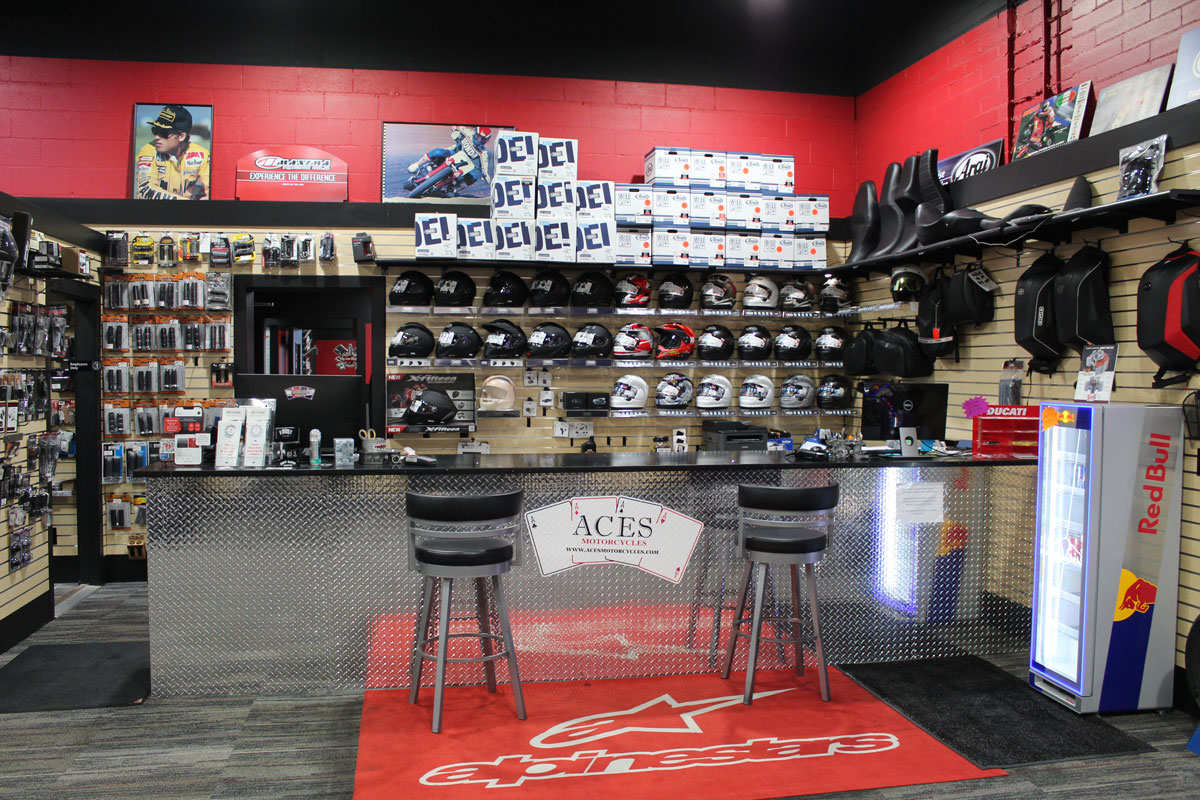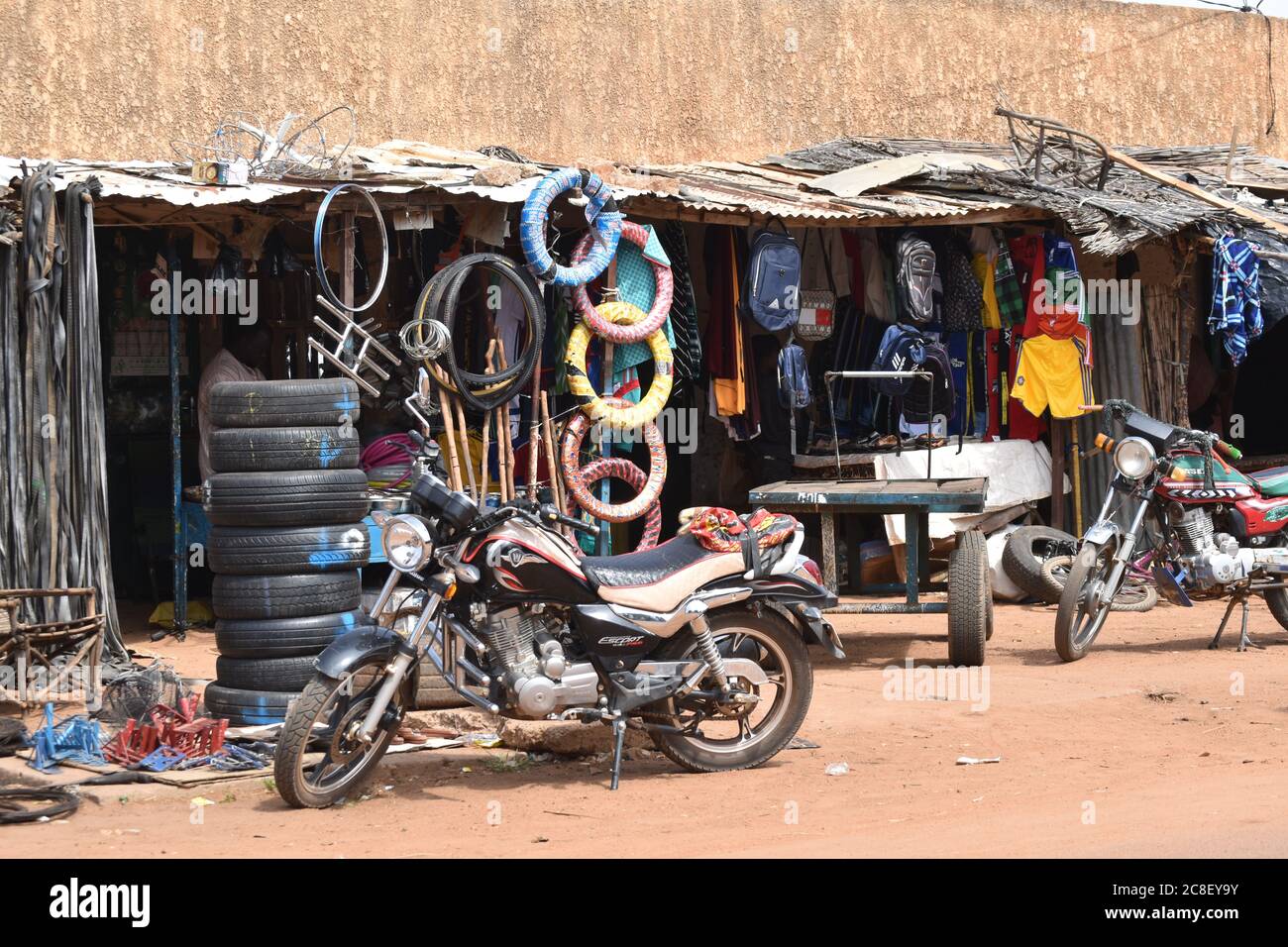Leading MX Gear NZ: Prepare for Your Following Off-Road Adventure
Leading MX Gear NZ: Prepare for Your Following Off-Road Adventure
Blog Article
An In-depth Check Out Motorcycle Parts: What Every Biker Needs To Know
A detailed understanding of motorcycle parts is not simply advantageous however critical for any kind of biker intending to maximize efficiency and safety. Each part, from the engine's elaborate functions to the reliability of brake systems, plays an essential duty in the overall experience and functionality of the bike. Past just understanding what these parts do, it is crucial to value exactly how they interact and sustain one another. This interconnectedness can make the distinction in between a smooth trip and unexpected difficulties. What ins and outs exist within this mechanical symphony that every cyclist should master?
Comprehending the Engine
The engine, often considered as the heart of a motorbike, is a complicated setting up of components that operate in harmony to transform fuel into movement. At its core, the engine's primary function involves the combustion process, where air and gas mix and ignite within the cyndrical tubes, resulting in controlled explosions that drive the pistons. These pistons relocate up and down, transforming chemical power into mechanical power, which subsequently transforms the crankshaft, eventually powering the bike.

Understanding the complexities of a motorbike engine is essential for fanatics and cyclists alike. It not just provides understanding right into how motorbikes attain their remarkable power and speed however also help in reliable upkeep and troubleshooting, ensuring durability and reliability on the road.
Suspension Solutions
While the engine powers the motorbike, the suspension system plays an important function in guaranteeing a smooth and controlled experience. The suspension system is in charge of taking in shocks from the roadway surface, maintaining tire contact, and providing security during cornering and stopping. It makes up 2 main components: the front forks and the rear shock absorbers.
Front forks are typically telescopic, having a springtime and dampening device. The springtime compresses and expands to absorb bumps, while the dampening mechanism regulates the movement to avoid extreme bouncing. This combination makes sure the front wheel remains touching the roadway, providing remarkable handling and comfort.
The rear suspension, typically a monoshock or twin-shock arrangement, works in a similar way to the front suspension but is customized to sustain the motorcycle's weight and motorcyclist - motox parts nz. It manages rear wheel activity, adding to the bike's overall equilibrium and responsiveness
Shock absorber can be flexible, enabling motorcyclists to adjust preload, compression, and rebound setups according to individual preferences and riding problems. This adjustability enhances performance by enhancing the motorbike's communication with diverse terrains. In recap, an effective shock absorber is vital for motorcyclist convenience, security, and the motorcycle's dealing with prowess.
Brake Parts
Stopping power is a basic aspect of motorbike safety, and it depends upon the effectiveness of the brake parts. The main elements of a bike's stopping system consist of the brake pads, calipers, rotors, and master cylinder. moto parts nz. Each of these parts plays an essential function in making sure reliable braking efficiency
Brake pads are essential as they create the required friction versus the rotors to decrease or quit the motorbike. Created from products such as sintered metal or organic compounds, the option of brake pad product significantly affects performance and longevity. Calipers, housing the brake pads, use stress to the pads when the brake lever is engaged, assisting in call with the rotors.
The rotors, typically made from stainless steel or actors iron, are placed to the wheels and act as the surface versus which the brake pads press. Their layout, including size and thickness, affects warmth dissipation and stopping power. The master cyndrical tube, linked to the brake lever, produces hydraulic pressure transferred with brake lines to the calipers, making certain consistent stopping pressure.
Normal maintenance and assessment of these elements are crucial for optimal performance, avoiding wear and guaranteeing motorcyclist security on the road.
Tire Fundamentals
Beyond maintaining robust stopping systems, guaranteeing optimum tire efficiency is similarly substantial for bike security and performance. Tires are the single call point in between the bike and the roadway, making their problem pivotal in handling, security, and overall experience top quality.

Additionally, think about the tire's age. Rubber substances break down over time, even if tread appears adequate. Check motorcycle clothing store the sidewall for the DOT (Department of Transportation) code to ascertain the tire's age. Generally, replacement is advised every 5 years, no matter wear. Investing attention in these tire basics not just optimizes performance yet also substantially boosts riding safety and security.
Electric Solutions
In the world of motorbike maintenance, the electrical system plays a crucial duty in ensuring trusted performance and motorcyclist security. This elaborate network encompasses necessary components such as the battery, alternator, starter motor, and circuitry harness. Each component is important for the smooth operation of the motorcycle, from ignition to illumination and communication with different sensing units.
The battery serves as the heart of the electric system, providing the required power to begin the engine and run accessories. Routinely examining the battery's voltage and terminals for corrosion is essential to stop unexpected failings. The generator, on the other hand, reenergizes the battery while the engine is running, making certain a continual power supply.
The starter electric motor is in charge of initiating engine operation, converting electrical power into mechanical power. To keep it, cyclists should pay attention to any uncommon noises or troubles throughout startup. On the other hand, the circuitry harness serves as the vehicle's nerves, connecting all electrical elements. Making certain that the cords are undamaged and free from damages is important for stopping brief circuits and ensuring performance.
Conclusion

Quiting power is a basic aspect of bike security, and it hinges on the efficiency of the brake components. The key elements of a motorbike's stopping system consist of the brake pads, calipers, rotors, and master cylinder.Brake pads are essential as they produce the necessary friction versus the rotors to slow down or stop the motorcycle.Beyond maintaining durable braking systems, making sure ideal tire performance is just as considerable for motorcycle security and performance.In the More Info world of motorbike upkeep, the electrical system plays a crucial role in making sure reliable performance and motorcyclist safety.
Report this page